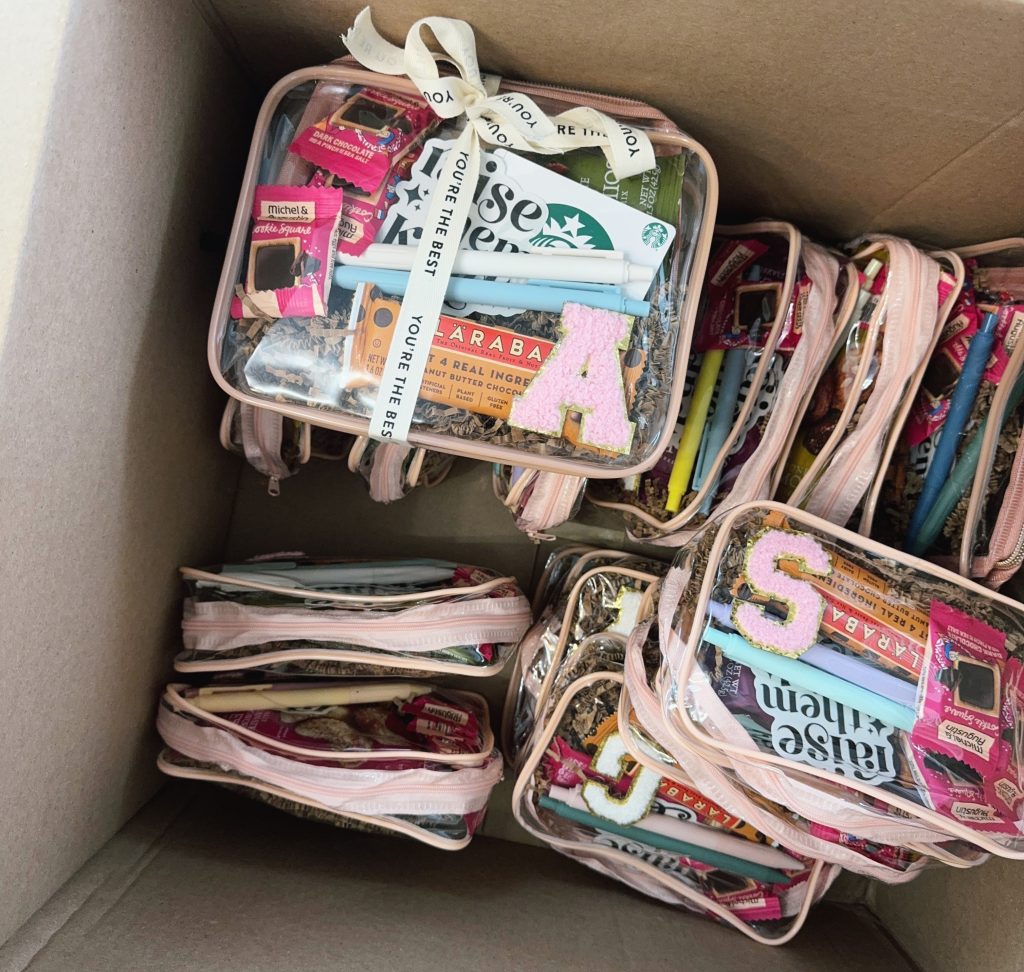Since I’ve started sharing a lot more posts about saving money, I’ve been getting A LOT of questions and inquiries about how to save every month, pay off debt, and take better control of your money. Pretty much all these things can be answered with one thing: get a monthly budget and stick to it.
Before Michael and I were successful in getting in control of our finances and saving…we had a lot of unsuccessful budgets. A budget can be unsuccessful for a TON of reasons. Maybe it’s too generic (meaning impossible to stick to), maybe it’s unrealistic (meaning you didn’t give yourself a SINGLE dollar to do anything fun on weekend), or maybe it was built without a strong understanding of your current spending habits (most common mistake).
Well, you can let my mistakes be your gain because we’ve finally found a successful mode for budgeting that works. In this post, I’m going to break down all the steps you need to make a budget that works for YOU, and tips for how to stick to it.
Calculate how much you make each month
This should be fairly simple. Start with a top line item for exactly how much money you make each month. If you have a normal 9-5 then this would be your monthly income after taxes. If you have a side hustle and money can vary, then you might need to look through the past 6 months and find a good median.
For me, since I have a 9-5 and a side hustle, my monthly income is just my 9-5 paycheck + my husband’s. I treat my side hustle money separately since it can vary greatly month to month. Also, some of it is used to pay side hustle bills (web hosting, etc.) The leftover each month is usually divided out to paying off debts (like a car loan), saving, and occasionally a personal treat (like date night or a new pair of jeans). Depending on how much you make on the side, it’s up to you to decide if you want that to be a separate budget.
Look at every dollar spent over the last 4 months
Ok, this is what stops most people DEAD when it comes to budgeting but it’s the KEY to make a successful budget. KEY KEY KEY.
Most of us don’t want to look back at our credit card statements and would rather just ignore the topic completely, but it’s the only way you’ll gain a good grasp on what you’re currently spending and where there is room to save.
So, pull out your credit card statements and bank account transactions and account for every dollar you have spent over the last 4 months.
Organize the spending by month, and then break it down into categories. You can download my free money tracker to make this A LOT faster and easier.
- Rent/ mortgage
- Transportation: car payments, gas, repairs
- Utilities: Electricity, oil, propane, internet, cable
- Payments: Add any credit card monthly payments here if you’re currently in credit card debt
- Groceries
- Eating out (break this out further into “restaurants, alcohol, coffee shops, and fast food)
- Health: Insurance, prescriptions, medical bills
- Home: Household items, home decor, landscaping
- Personal: This is going to be a lot of miscellaneous costs like clothes, manicures, getting your hair done, jewelry, makeup, etc.
- Other: Depending on yourself, this will vary. If you’re part of any monthly subscriptions, have a kid who takes dance lessons, have pets, etc.
Download the FREE money tracker
Download my free money tracker that will help you calculate the totals for you inside each category
CLICK HERE TO DOWNLOAD!
Break the spending down as much as much as you can so you can get a really solid idea of where EVERY SINGLE DOLLAR went. Don’t just have it say “$200 pharmacy” if $100 of that was a prescription and $100 was makeup. These are really different things. So if possible, be as specific as you can.
Examine your spending
Now comes the tricky part, it’s time to take a look at that spending. This is why it’s important to break things down beyond just generic categories into what you’re really spending it on (such as eating fast food vs. groceries) like my free money tracker does. And, look at more than one month for a proper sampling, I suggest 4 months in a row. This should immediately give you a good idea of how much money you’re spending and where it’s going.
If you’ve been living without a budget, this is probably going to be an eye-opening experience. You may notice how much money you spend going out to eat at restaurants, how much you spent on clothes, or how much you’re spending on your car each month. Typically the money we THINK we spent and what we ACTUALLY spent are two different things. Maybe you’ll realize your car loan and credit card bills are way more than you thought in comparison to everything else you pay each month. Maybe you’ll pinpoint some things you can remove from your budget.
Typically the money we THINK we spent and what we ACTUALLY spent are two different things. Click To TweetSet a goal
Once you have a good understanding of how you’ve been spending, you can start to set your budget. First, set a financial goal. For example:
-
- Pay off my car
- Cut my monthly spending by 10%
- Put away $400/month in savings
- Pay off my credit cards
Having a goal defined will make sticking to your budget so much easier. For this example, let’s say the goal is to pay off a car loan. If you want to pay off a car loan but your total money in each month is $0 (or negative dollars) after all your monthly expenses, then it’s time to look and where you can cut.
Look at where you can cut
This is where examining your spending becomes so helpful. Maybe you notice you can cut how much you spend at coffee shops by 20% and then challenge yourself to cut your grocery bills by 10%. Then, maybe you decide to cancel your Audible account (because you haven’t used it in 4 months) and your XM radio.
There’s a good chance you have a place you’re overspending that will feel hard to cut such as eating out or buying clothes. These can be harder to give up, but that’s why having the goal is so important – it will help keep you focused on the bigger picture.
You might get some inspiration from my video about 10 things I cut from my budget
Take it slow
Don’t overestimate what you can do for your budget and decide to cut 50% of your grocery bill and never go out to eat again or buy a pair of shoes. Take small attainable steps so you can feel confident and successful. Even if the ultimate goal is to cut your going out expenses by 50%, start the first month by making it 10%, and work your way up. Unattainable goals will leave you feeling defeating and you’re more likely to give up.
Unattainable goals will leave you feeling defeating and you're more likely to give up. Click To TweetStick with it!
By sticking with these goals for yourself, you’ll start to see the results in little time. The results make it even easier to keep saving, and sticking to your budget. If you start with examining your monthly spending like I mentioned and then create attainable goals, you’ll be on your way to a better budget in no time at all. Don’t forget to download the copy of my free money tracker to help you get there!
Learn how to create a monthly budget and STICK to it. Click To TweetWhat are your favorite tips for budgeting and saving money? Let me know in the comments below.



























